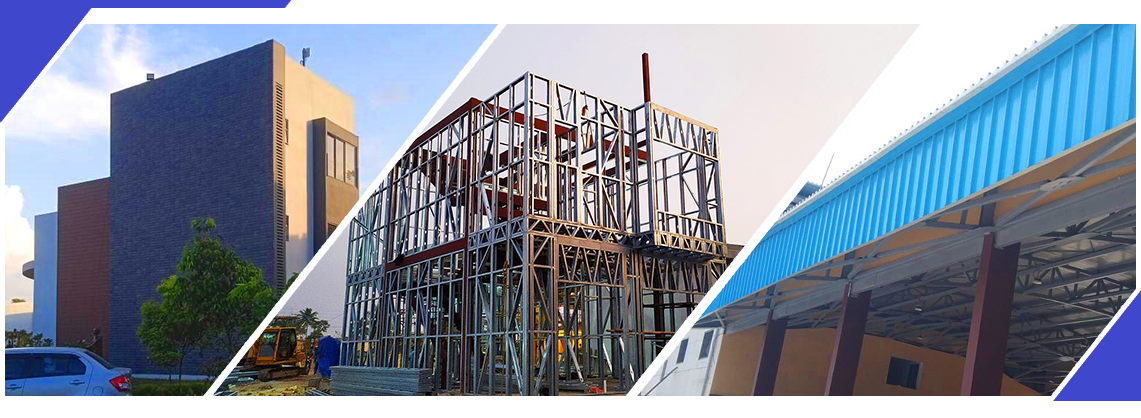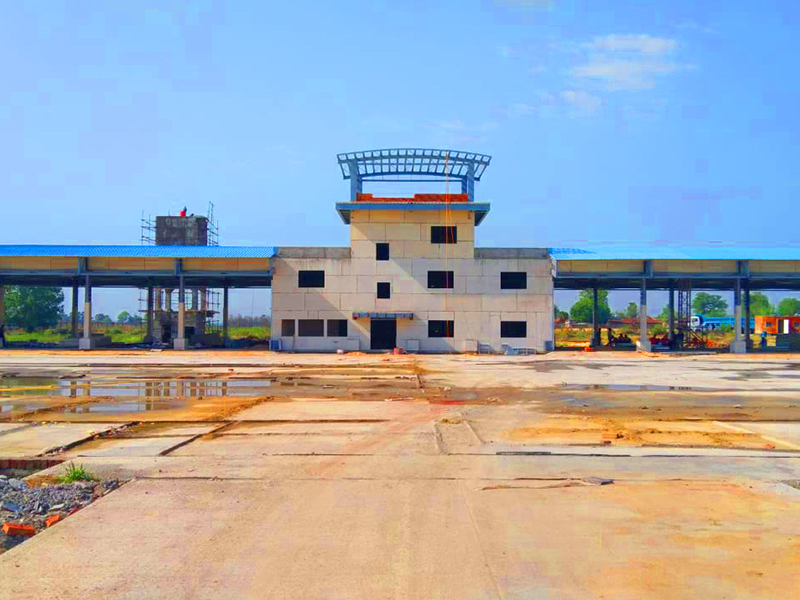
Hybrid construction using Light Gauge Steel Framing (LGSF) and Pre-Engineered Buildings (PEB) is a modern building approach that integrates two steel-based systems to achieve efficient, fast, and cost-effective structures. In this method, the PEB system provides the primary structural framework—including columns, rafters, and roof members—engineered to cover large spans and withstand heavy loads. Complementing this, LGSF is used for secondary elements such as internal walls, partitions, floor systems, and lightweight roofing or cladding.
The strength of this hybrid system lies in its ability to combine the durability and structural capacity of PEB with the precision, lightness, and modularity of LGSF. While PEB enables rapid erection of the main structure, LGSF allows flexible and fast interior development, resulting in shorter project timelines and reduced labor costs.
This approach is especially suited for industrial buildings, warehouses, commercial facilities, site offices, and modular housing, where quick deployment and adaptability are key. It also promotes sustainability, as both systems generate minimal waste and use recyclable materials. By blending the advantages of heavy and light steel framing, LGSF-PEB hybrid construction delivers a well-balanced solution for modern construction needs.
Key Reasons to Choose Hybrid Construction:
1. Optimized Performance
2. Faster Construction
3. Cost Efficiency
4. Design Flexibility
5. Sustainability
6. Lightweight Yet Strong
7. Ideal for Modern Demands
 |
 |